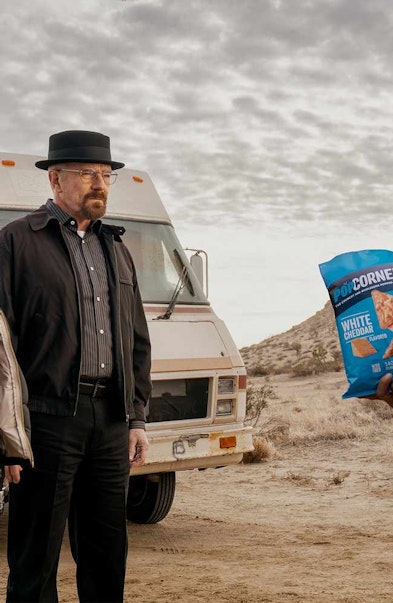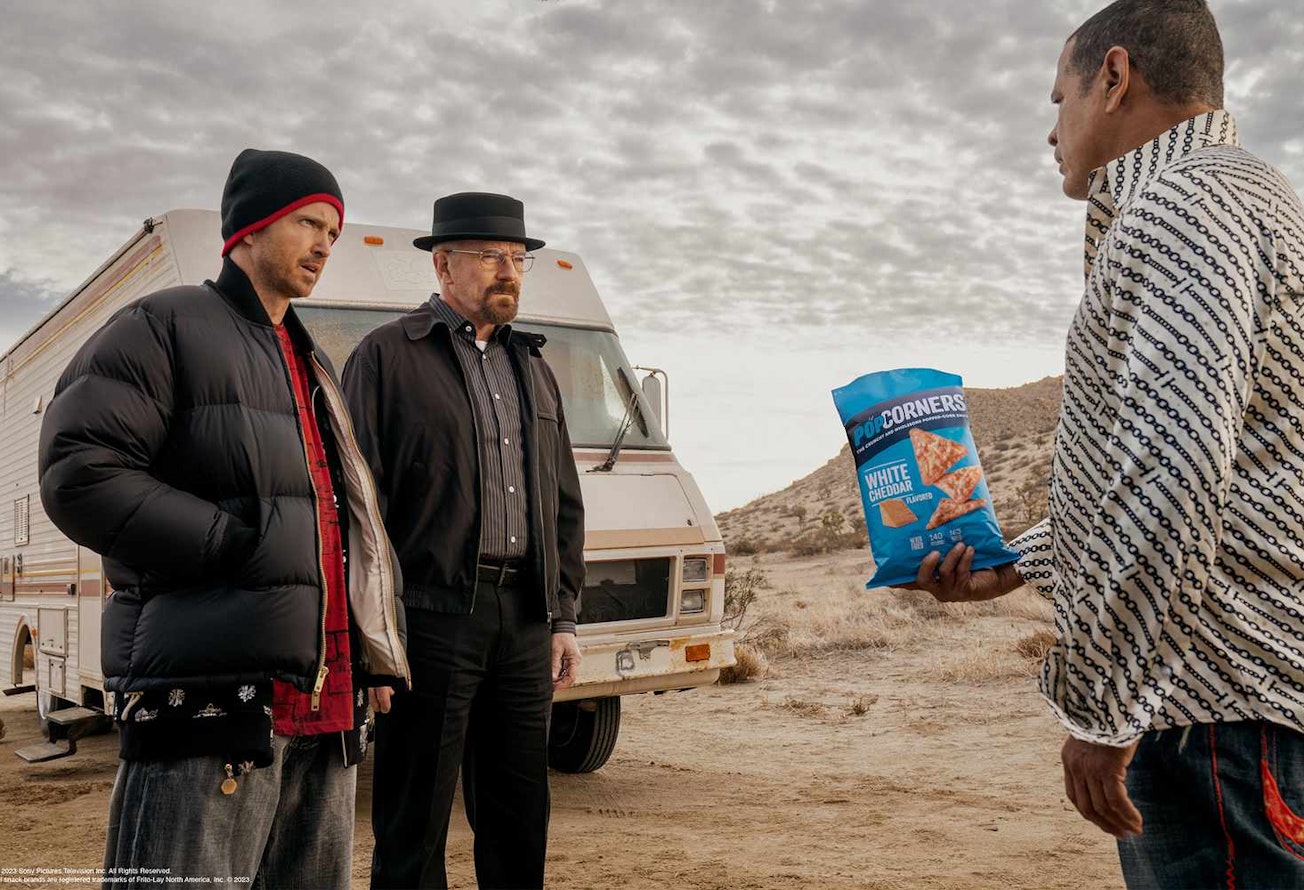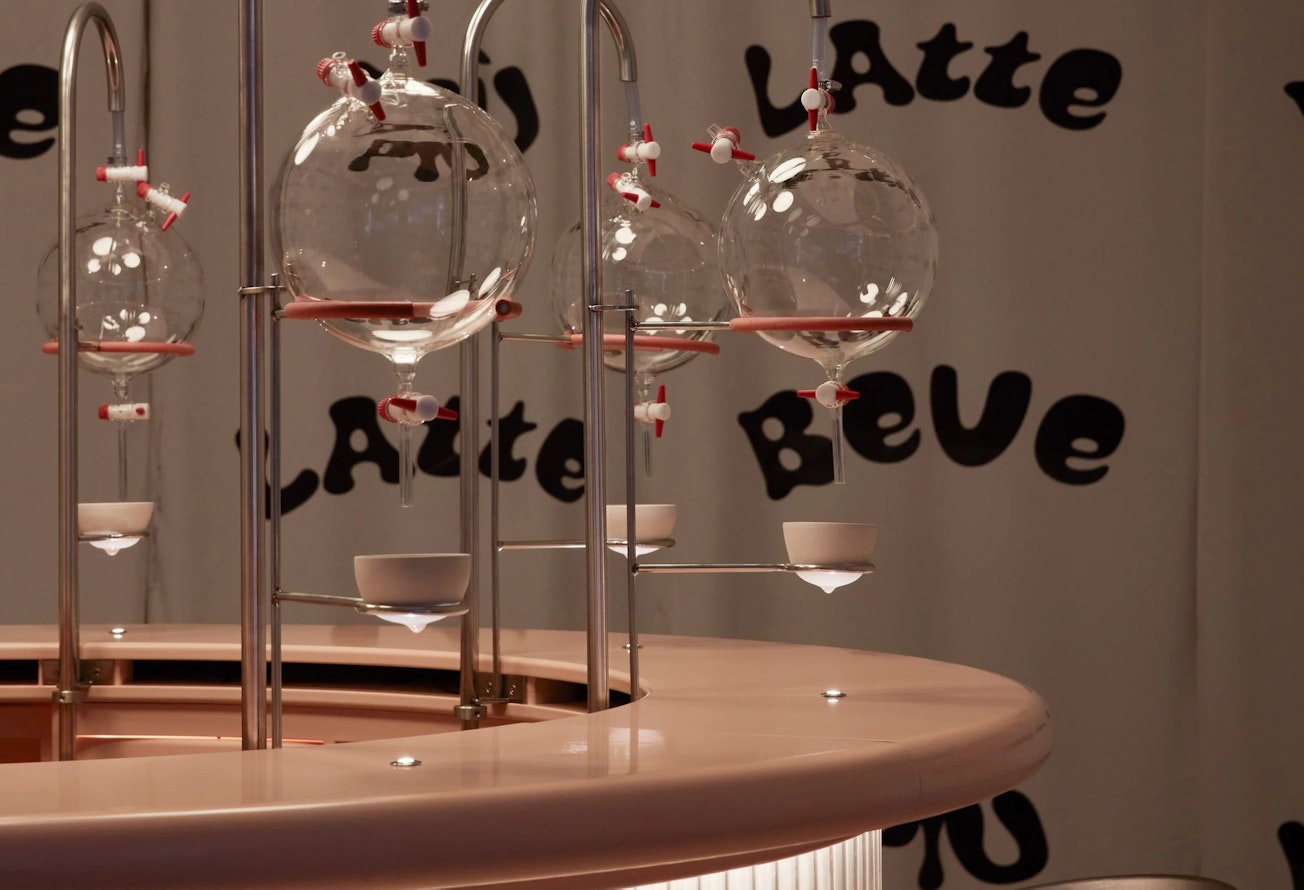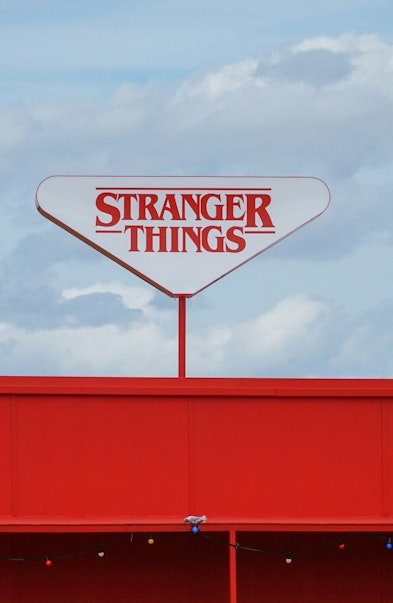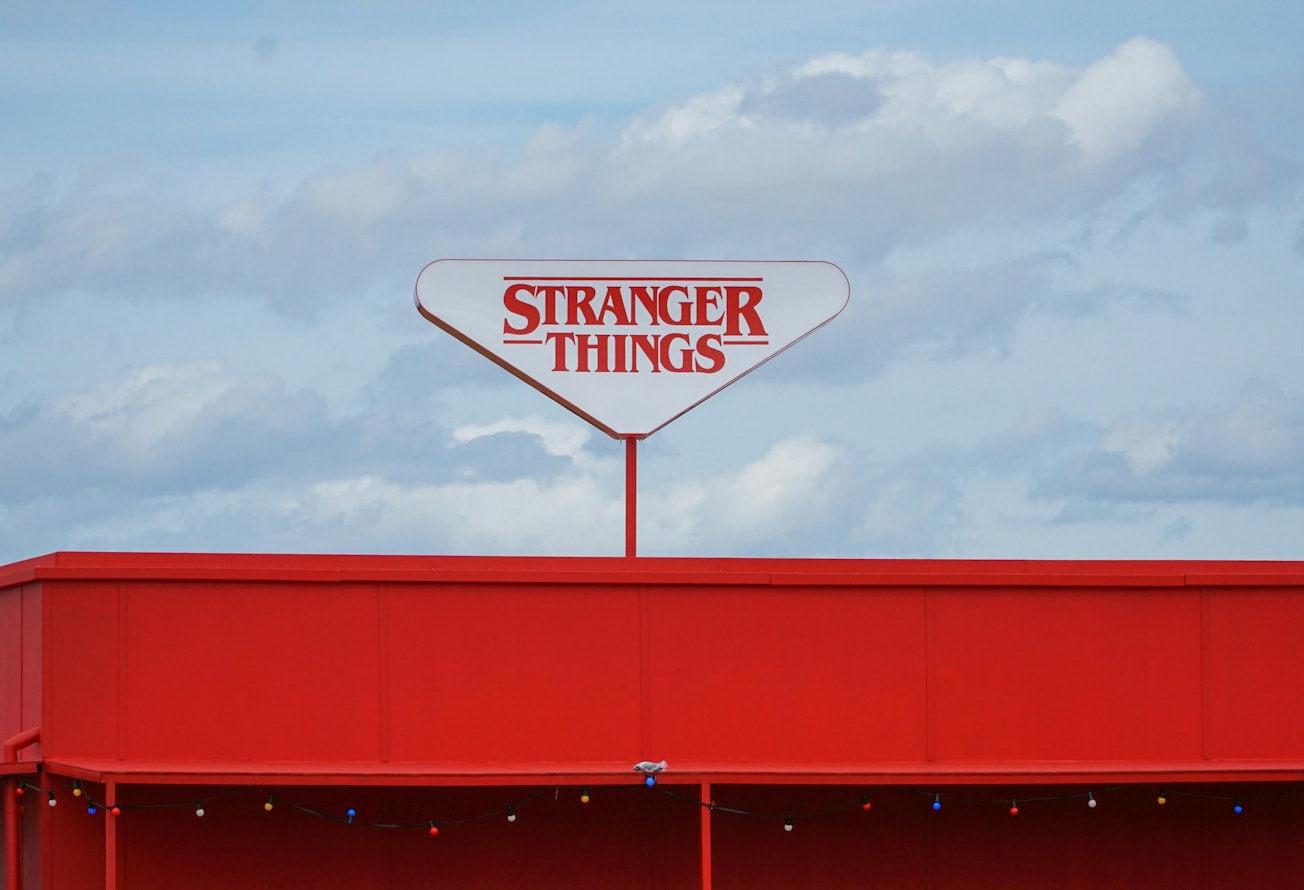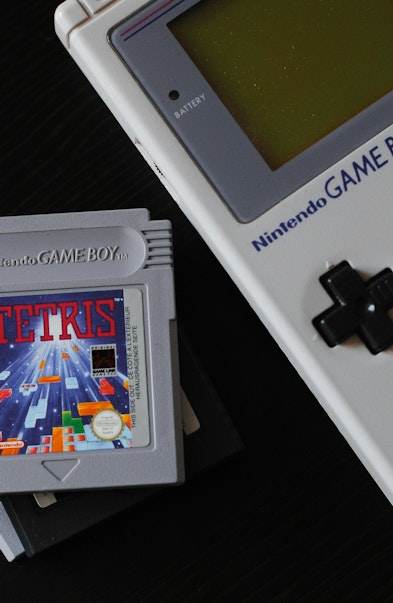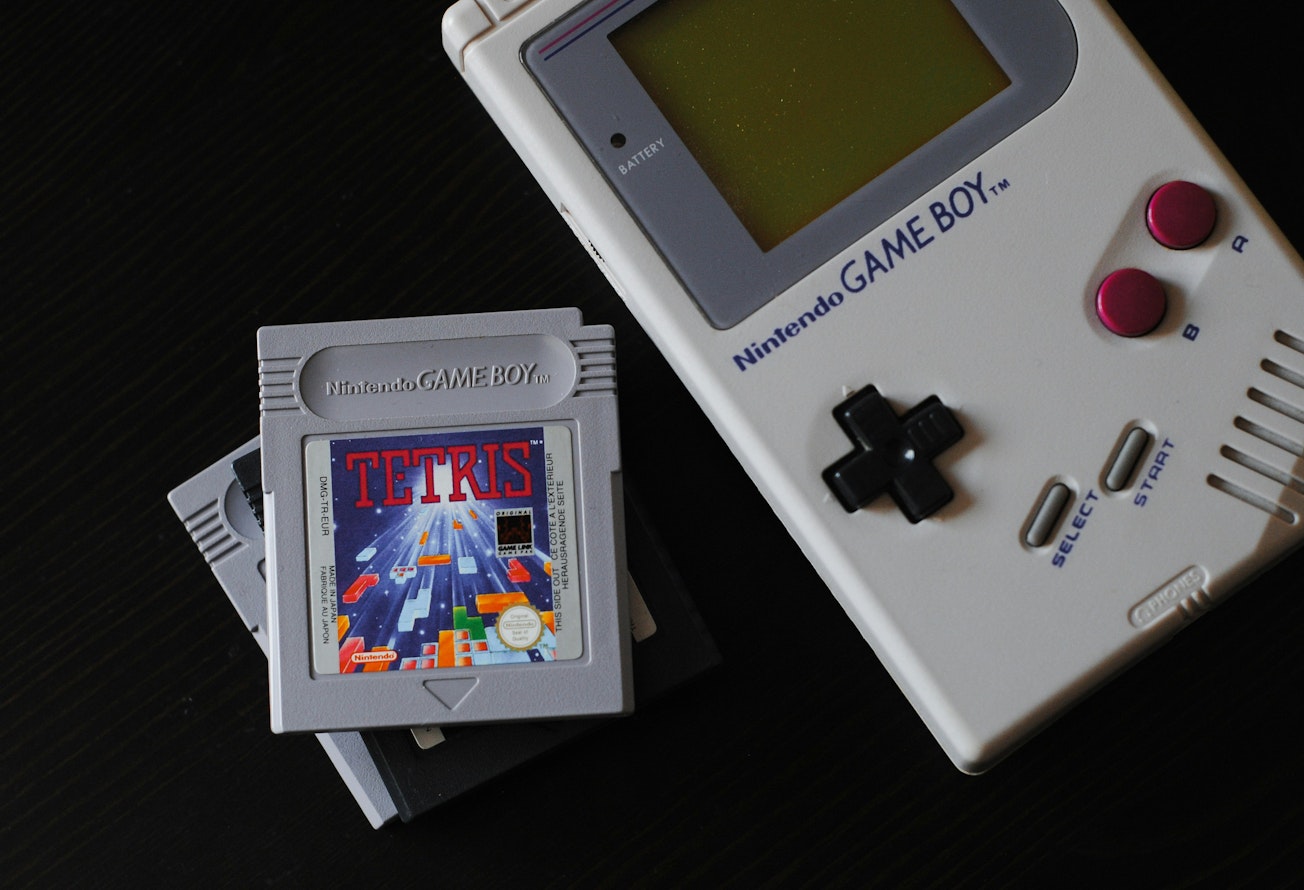Writing for Creativepool, Jonathan Izzard, Wonder's Strategy Director, discusses the power and perils of deploying nostalgia in marketing campaigns.
Creativepool:
Retro revivals & the nuance of nostalgia
‘Retro’ is a word with particular resonance to me.
As a child of the ‘80s, I grew up fascinated by video games. Whether it was the ZX Spectrum my dad brought home from work or the Atari 2600 my sister got for Christmas, microcomputers and consoles became an itch I couldn’t help but scratch. As a kid, this was a hobby that was sustained by selling, swapping and patiently saving, with owning more than one games system a mere pipe dream.
With adulthood - and, crucially, an income - it became much more possible to indulge in this interest. Indeed, my generation is perhaps the critical cohort behind the rise in the retro gaming industry we see today; the ability to finally obtain that long lusted-after piece of hardware - whether to be played or simply displayed - helping both satisfy and stimulate nostalgia.
It’s that longing - literally “the pain of homecoming” - that marketers can’t help but prod at and explore, in the hope of connecting with their audiences at a more primal, instinctive and emotional level.
Thanks for (ruining) the memory
While the 2024 Super Bowl is firmly in the collective rearview, its position as the benchmark for commercial event broadcasting is undoubted. And here, once again, we see adland unable to restrain itself from dropping nostalgia bombs across the TV networks.
The trouble is, the result is often a creative mixed bag, with the default approach to creating ‘event television’ being brands’ power to commercialise the nostalgically sacrosanct.
Whether it's riffing on or ripping off the classics - Ferris Bueller, The Big Lebowski, Groundhog Day, The Shining, Home Alone or Breaking Bad - the results aren’t necessarily always terrible. And yet, in most cases the advice of the great Don Draper that nostalgia is “delicate, but potent” is ignored - with brands tending towards a more brute-force approach to beloved characters and story beats.
Sure, I’m still referencing some of these commercials, so they must have some sticking power, but does showing Jesse, Tuco and Mr White chatting about crisps undermine the legacy of Vince Gilligan’s modern masterpiece?
Perhaps it’s the intangibility of nostalgia that’s the real trick to pull off. The ability to unearth a feeling hidden somewhere beneath the surface.
Tom Hooper’s Christmas 2023 commercial for Chevrolet, ‘A Holiday to Remember’, is a case in point. Beautifully constructed and subtly played, it speaks to the power of memory through the lens of a dementia sufferer, the family Chevy the literal vehicle for nostalgic recollection.
Sensitive, effective, modern and moving, the commercial is granted authenticity thanks to the enduring presence of Chevrolet in the fabric of American life.
Memories of somewhere we’ll never know
The timelessness of a brand icon is one thing, but more interesting - and potentially more accessible - is the nostalgia evoked from a time that never really was.
In terms of physical builds, where brands move from ‘logo to live’, we see this in ‘retro-futurism’ - a creative approach adopted by an increasing number of young digital businesses (whether they term it that or not).
Cyberpunk, synth wave, Cassette Futurism - you name it - they all reach towards an alluring, albeit fictional, sensibility. A pseudo-nostalgic aesthetic that has more in common with an aspirational, imagined past, than an actual one. The curves and quirks of the Korova Milkbar in A Clockwork Orange or the tactile, analogue technologies of Alien and Blade Runner.
So if we can be nostalgic for a time that never was, can we also be nostalgic for a time we never experienced?
Young heart, old soul
What if you weren’t there the first time around? Can moments from the past still elicit feelings?
Sure they can. Whether it’s music, fashion or architecture, you certainly don’t have to have ‘been there’ to feel something about moments from the past. Just look at the phenomenon of Stranger Things - a show steeped in ‘80s nostalgia but most popular amongst Gen Zs, a cohort who weren’t born until a decade later.
This is known as ‘anemoia’ - a neologism coined by John Koenig, this word describes the feeling of nostalgia experienced by someone who never lived through the moment that they’re recalling. And this can be both powerful and inclusive.
The people’s game
Nostalgia can sometimes feel like it’s the reserve of an older generation - a “you weren’t there, man” gatekeeping of passions and sometime substitute for fresh creativity - when in reality, retro is for everyone.
Coming full circle, as the original Sony PlayStation celebrates its 30th birthday in 2024, we’re reminded that the goalposts for what classes as nostalgia are constantly shifting, with the audience for whom this technology holds relevance a similarly moving target.
Doing retro ‘right’ is about rekindling (or even sparking) a feeling, not just reviving a format; the creative subtlety of what you hold back as much as what you put on show; and the understanding of the pricelessness of memory versus the cost of a cheap thrill.
